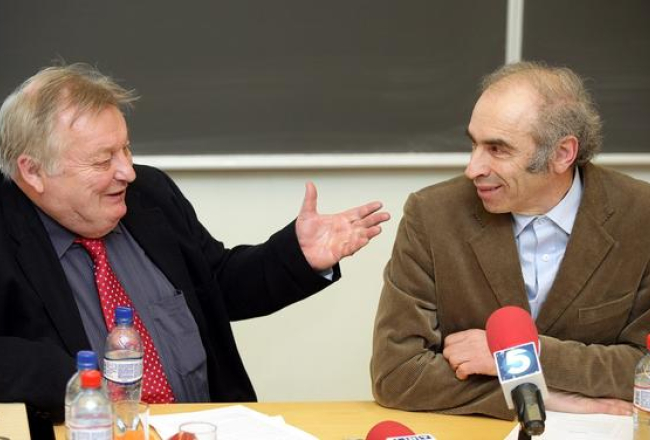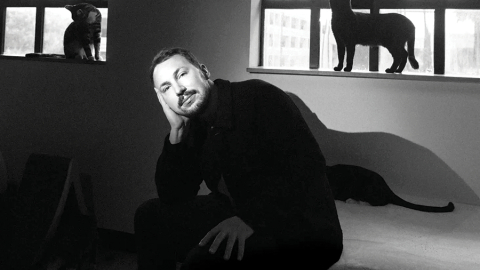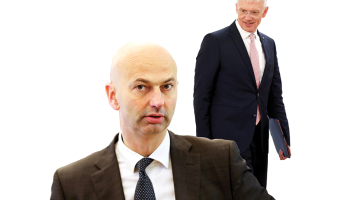
Baltijas Starptautiskā ekonomikas politikas studiju centra direktors Alfreds Vanags (no kreisās) un Latvijas Universitātes ekonometrijas profesors Mihails Hazans preses konferencē pēc prezentācijas "Strukturāls vai ciklisks? Bezdarbs Latvijā kopš 2008.-2009.gada krīzes" par jaunākajiem pētījumiem par Latvijas darba tirgu. Foto: Ieva Čīka, LETA
IMF estimates suggest it is quite high, around 12% (see this presentation, slide 18), which is not much below the actual unemployment rate of 14.1% (among the 15 - 64 year old, 4th quarter 2012). The policy implication of this is that there is not all that much room for lower unemployment before bottlenecks will appear and wage increases will accelerate in some sectors of the economy leading to higher inflation in the overall economy and a rerun (though not of the epic proportions) of 2004 - 2007.
Solution: Fight high structural unemployment with retraining measures etc., which, however, is a slow measure - but it's about what one can do.
This view was challenged during a seminar on 1 March by Mihails Hazans, Professor at University of Latvia and Alf Vanags, Director of BICEPS, Baltic International Centre for Economic Policy Studies, see their presentations (pdf) here. They claim that structural unemployment was reduced during the boom and that job-creating policies are therefore both useful and welcome.














